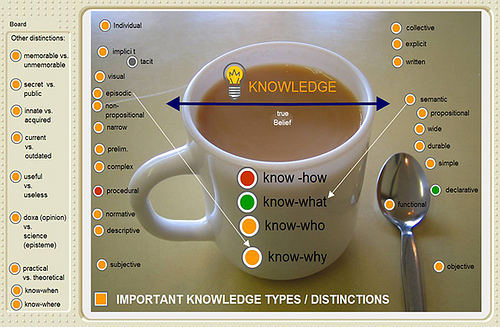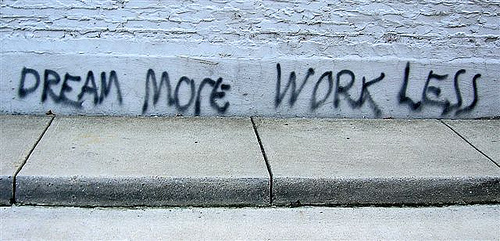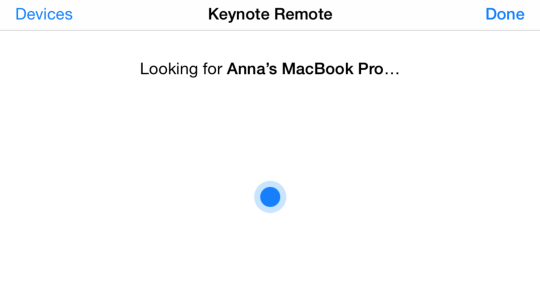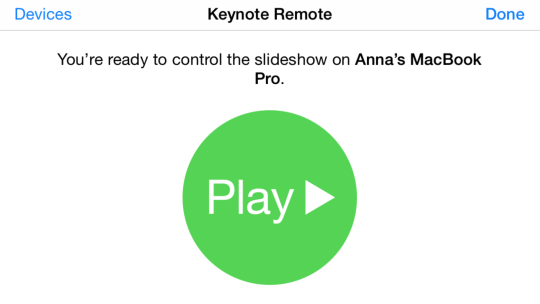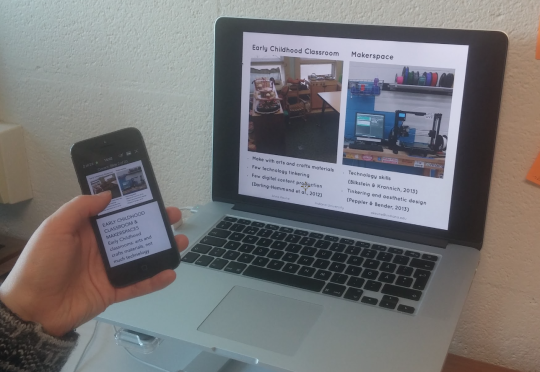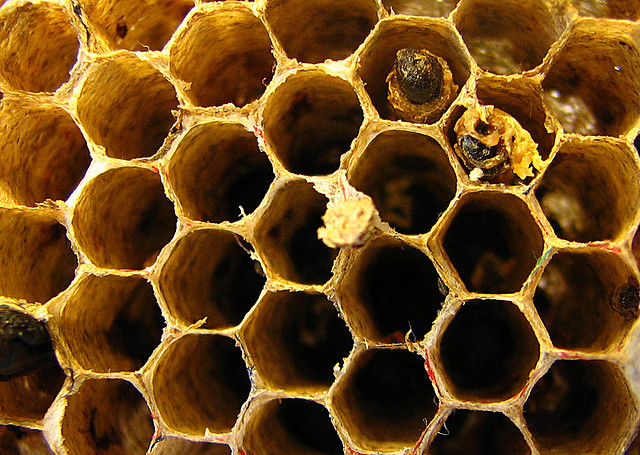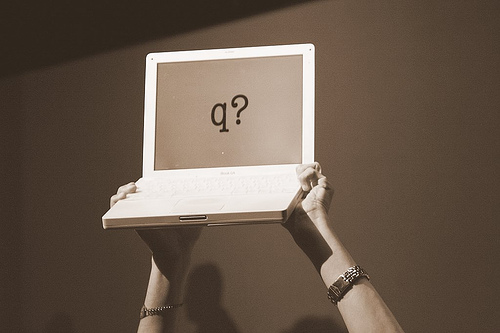I just finished the DMLcommons salon on co-designing our research spaces. I am amazed at the work the teams have done. I also have a long reading list now. Thanks Megan Bang. I hope to use these ideas in my own work and reach out to others so we can co-design a future together.
Rigor Begins with Trust
In her work with Native Communities, Megan Bang, mentioned that new researchers did not begin as ethnographers. Instead they had to visit a community and have lunch with the elders.
From the onset research was not done to a community. It was done for the community with the community.
I want to apply these ideas to my volunteer work with CoderDojoErode. I basically inserted myself into their community. I did not ask. Just set up a server space to see what happens.
What I realized was I was already a part of CoderDojoErode. I have spoken with the club captain and mentors for some time on Twitter. They followed my work and designed their learning spaces without me knowing. The boundaries of communities have expanded.
I do worry about exploiting local communities on the ground. This fear materialized most when I help to launch a fundraising efforts for CoderDojoErode. Successful fundraising takes stories but I am an outsider shaping the stories of others. Many who may not read English. I am also trying to rise funds so the story I tell has an emotional appeal built in. This appeal centered around economic disparities.
In order to protect the children of CoderDojoErode I gave admin rights to all the mentors. They can chane anyword I write. They have veto power over any post I publish.
They own the story. It maybe our community but it its their village.
I did not get involved with CoderDojoErode as a research project. I simply wanted to do good. I realize now I can do better by helping to shape a Formative Design Project.
Distributed Knowledge and Teams
The researchers in the podcast discussed the difference between action research and DBR. They focused on the idea that PAR may not have the same political motives. The speakers also discussed how par is smaller in both scale and scope. They mentioned how DBR requires distributed knowledge and teams
This is where I need help. I have no team and no funding. I do have IRB for my projects. That’s a plus. I am willing to join other squads or I invite young researchers, graduate students, or others with my passion to #teachtheweb to join me.
Three Ongoing Projects
I have three concurrent projects with different threads of formative design weaved through in different ways.
#Walkmyworld
The #WalkMyWorld Project is a social media project in which we share and connect online at Twitter using one hashtag. Groups of learners across the globe are connecting and sharing for 10 weeks using the #WalkMyWorld hashtag.
This is a unique project in the #ccourses spaces. Mainly because it has a global hub but there are on the ground local nodes being run by classroom instructors.
All of our iterations and planning have been done in the open. We were not deliberate from the off-set that it was a DBR project. We just wanted to good and have students learn. We iterate based on these goals.
I was impressed with Chris Hoadley’s work on retrospective analysis in DBR. I am going to push the facilitators to begin the restrospective review of our past iterations.
#QuestionTheWeb
I have documented my difficulties with #QuestionTheWeb. Basically I was missing the distributed team necessary for the project. I am going to take the idea of getting the community more involved.
I am going to try and relaunch in the fall. By the time I got the curriculum and learning spaces designed and IRB approval SBAC and PARCC testing started. There were no computers available for projects unrelated to testing.
I have started recruiting school districts in Connecticut for on the ground sessions. I will also teach the class in the Open for those who want to join in. If you want to get involved let me know
Mozilla Web Clubs
We have a chance, the distributed expertise, the metrics, and the stories to make the Mozilla Learning Networks the largest worldwide formative research project. I want to fork my own little corner in Connecticut and be deliberate in design.
I am going to start the Elm City Web Club this summer with our GearUP students. I will continue to fork EDU 106 to align it with the Web Literacy Map. I am also reaching out to folks at #Edcampct, #ctedlead, and #ctedchat to try and encourage clubs to start up around Connecticut.
Personally in the Greater New Haven area I am trying to get clubs up and running at different schools and libraries. I keep trying for grants to fund this initiative but I will move forward on the cheap. People matter more.
I want to keep working with the CoderDojoErode but I want to ensure they want to work on co-designing the space together. I am trying to be very intentional of the ethics involved here. I think as long as we stay committed to co-learning and the mission of doing good. It’s all good.

